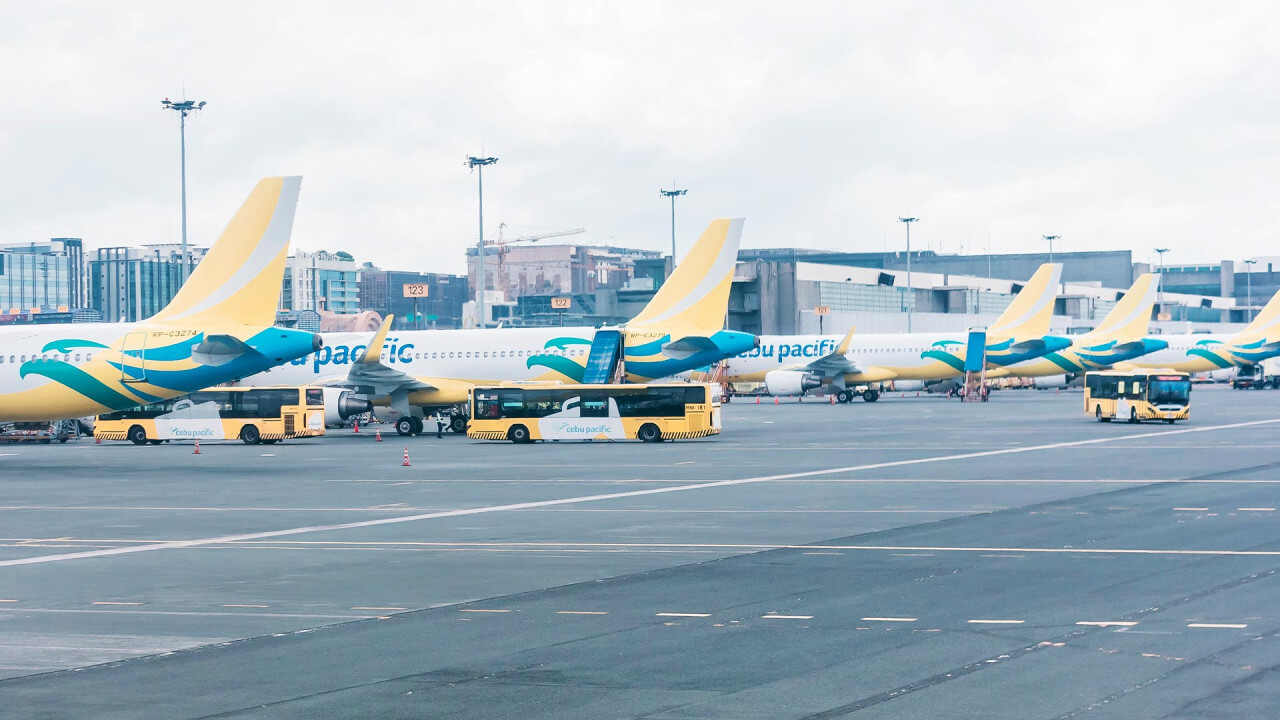

On Wednesday, Cebu Pacific operator Cebu Air Inc. said net income for the nine months to September this year dropped 33 percent to P3.4 billion, despite an 11-percent rise in total revenue to P74.5 billion.
Revenue gains were fueled by a 13-percent increase in passengers to 17.5 million, with an average seat load factor of 84.9 percent, though higher expenses pressured earnings.
Management’s view
“CEB has a unique opportunity to grow when others cannot. So, despite the short-term impact on margin development, we will be growing rapidly, creating a robust network across the Philippines to expand and strengthen our market presence,” said Cebu Pacific chief finance officer Mark Cezar.
Dominant PH airline
“We expect to reach a domestic market share of nearly 60 percent in the fourth quarter from 52 percent before the pandemic,” Cezar explained.
“Airport and aircraft investments open a significant market potential for CEB, and these initiatives allow us to take advantage, as well as contribute to the overall Philippine growth story,” he added.
Last month, Cebu Pacific sealed a P1.4-trillion deal for up to 152 Airbus A321neo planes, ensuring its fleet requirements in the long term.
Higher costs
The margin pressure stemmed from higher expenses related to Cebu Pacific’s investment in additional aircraft and engines, the airline explained.
By the end of September this year, it expanded its fleet to 91 aircraft, 10 more than the same period last year, and invested in 10 spare engines to support growth and enhance reliability.
Passenger volume grew
In the third quarter of 2024, Cebu Pacific brought in P23.1 billion in revenue, down 1 percent from the previous year, mainly because of the earlier start of the K-12 school year.
The airline flew over six million passengers, up 14 percent, but had to lower average fares to P2,577 per ticket. Combined with higher costs from adding new planes and financing, this caused operating income to drop to P202 million and led to a net loss of P173 million, a big swing from the P1.3 billion profit a year earlier.

Miguel R. Camus has been a reporter covering various domestic business topics since 2009.
